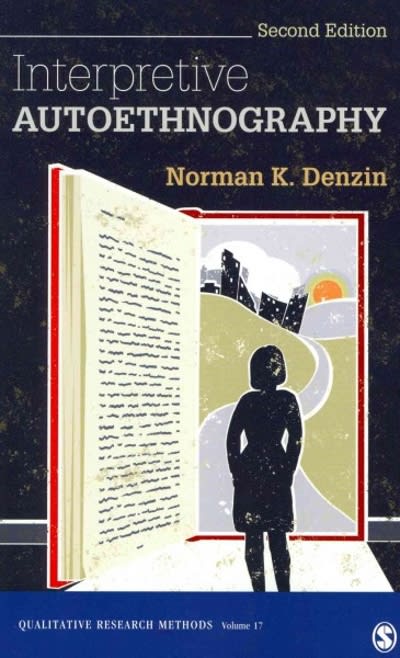Question
Using the 5 articles below fill out the Grant Outline below: 1. Article - Martens, M. P., Ferrier, A. G., & Cimini, M. D. (2007).
Using the 5 articles below fill out the Grant Outlinebelow:
1. Article - Martens, M. P., Ferrier, A. G., & Cimini, M. D. (2007). Do protective behavioral strategies mediate the relationship between drinking motives and alcohol use in college students?Journal of Studies on Alcohol and Drugs,68(1), 106-114.
https://doi.org/10.15288/jsad.2007.68.106
2. Article - LaBrie, J. W., Lac, A., Kenney, S. R., & Mirza, T. (2011). Protective behavioral strategies mediate the effect of drinking motives on alcohol use among heavy drinking college students: Gender and race differences.Addictive Behaviors,36(4), 354-361.
https://doi.org/10.1016/j.addbeh.2010.12.013
3. Article - Pearson, M. R. (2013). Use of alcohol protective behavioral strategies among college students: A critical review.Clinical Psychology Review,33(8), 1025-1040.https://doi.org/10.1016/j.cpr.2013.08.006
4. Article - Borden, L. A., Martens, M. P., McBride, M. A., Sheline, K. T., Bloch, K. K., & Dude, K. (2011). The role of college students' use of protective behavioral strategies in the relation between binge drinking and alcohol-related problems.Psychology of Addictive Behaviors,25(2), 346.
https://psycnet.apa.org/doi/10.1037/a0022678
5. Article - LaBrie, J. W., Kenney, S. R., & Lac, A. (2010). The use of protective behavioral strategies is related to reduced risk in heavy drinking college students with poorer mental and physical health.Journal of Drug Education,40(4), 361-378.
https://doi.org/10.2190/DE.40.4.c
Grant Outline
Aim #1
To develop and evaluate a Behavioral - Protective Behavior Strategiesintervention to reduce drinking among college students.
- Significance of Problem
- What is the prevalence rate of college student drinking?
- Why is college student drinking still a problem?
- What type of student is most at risk (age, race, ethnicity, SES)?
- Theory 1
- Theory 2
- Theory 3 (Your Theory)
- Study 1
- Study 2
- Study 3
- Study 4
- Study 5
- Lacking from previous studies #1
- Lacking from previous studies #2
- Lacking from previous studies #3
- How is your intervention different from previous interventions?
- What college student population will this intervention benefit (e.g., heavy drinkers, moderate drinkers, light drinkers, underrepresented populations, mothers, fathers, infants, males, females, non-binary).
- Improve scientific knowledge.
- Technical Capability
- Clinical Practice
- Theories Used to Support Past Interventions
- Review of Past Intervention Studies
- What is Lacking from Past Interventions (Barriers to Progress)?
- Current Intervention
- Overall Significance
Step by Step Solution
There are 3 Steps involved in it
Step: 1

Get Instant Access to Expert-Tailored Solutions
See step-by-step solutions with expert insights and AI powered tools for academic success
Step: 2

Step: 3

Ace Your Homework with AI
Get the answers you need in no time with our AI-driven, step-by-step assistance
Get Started


